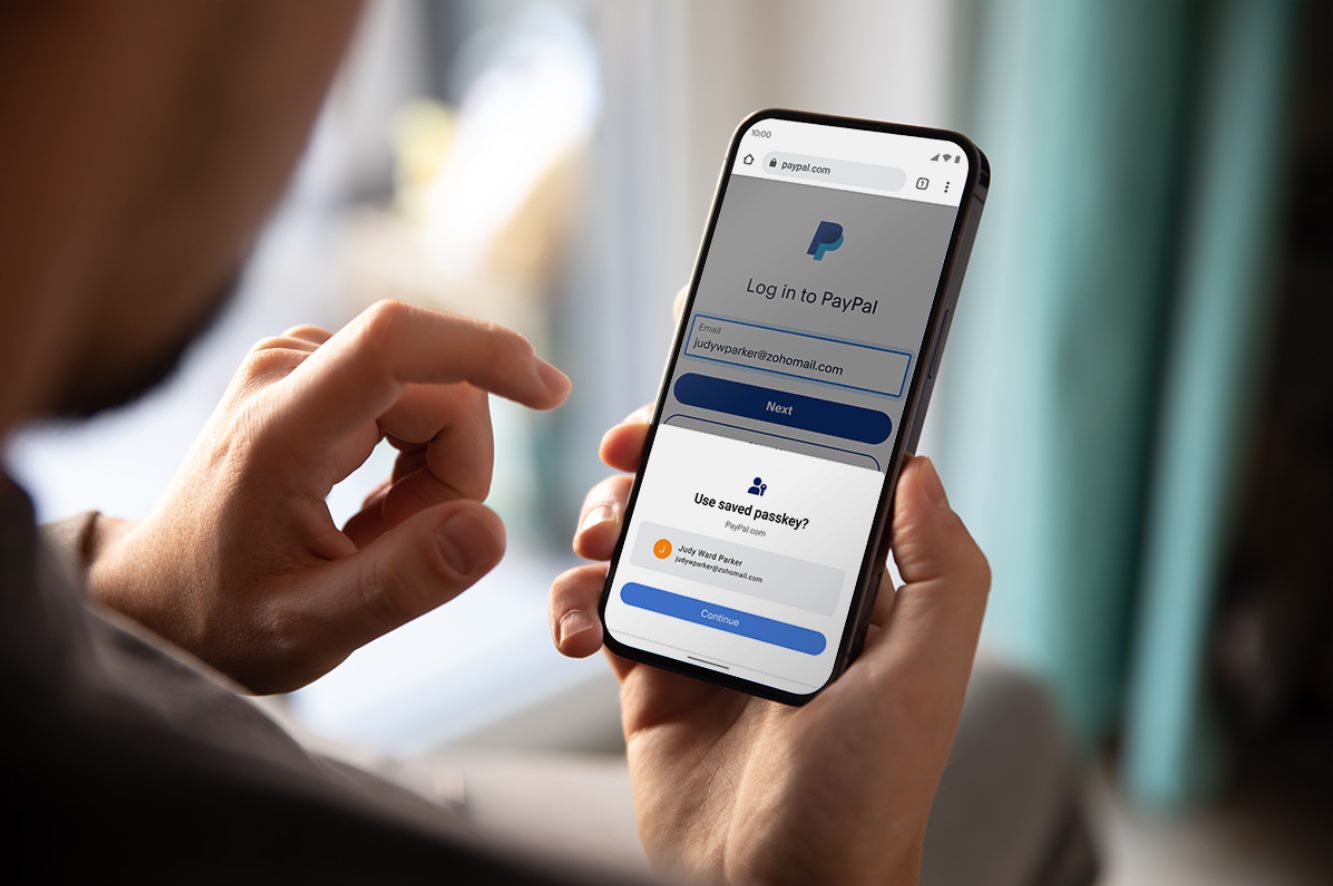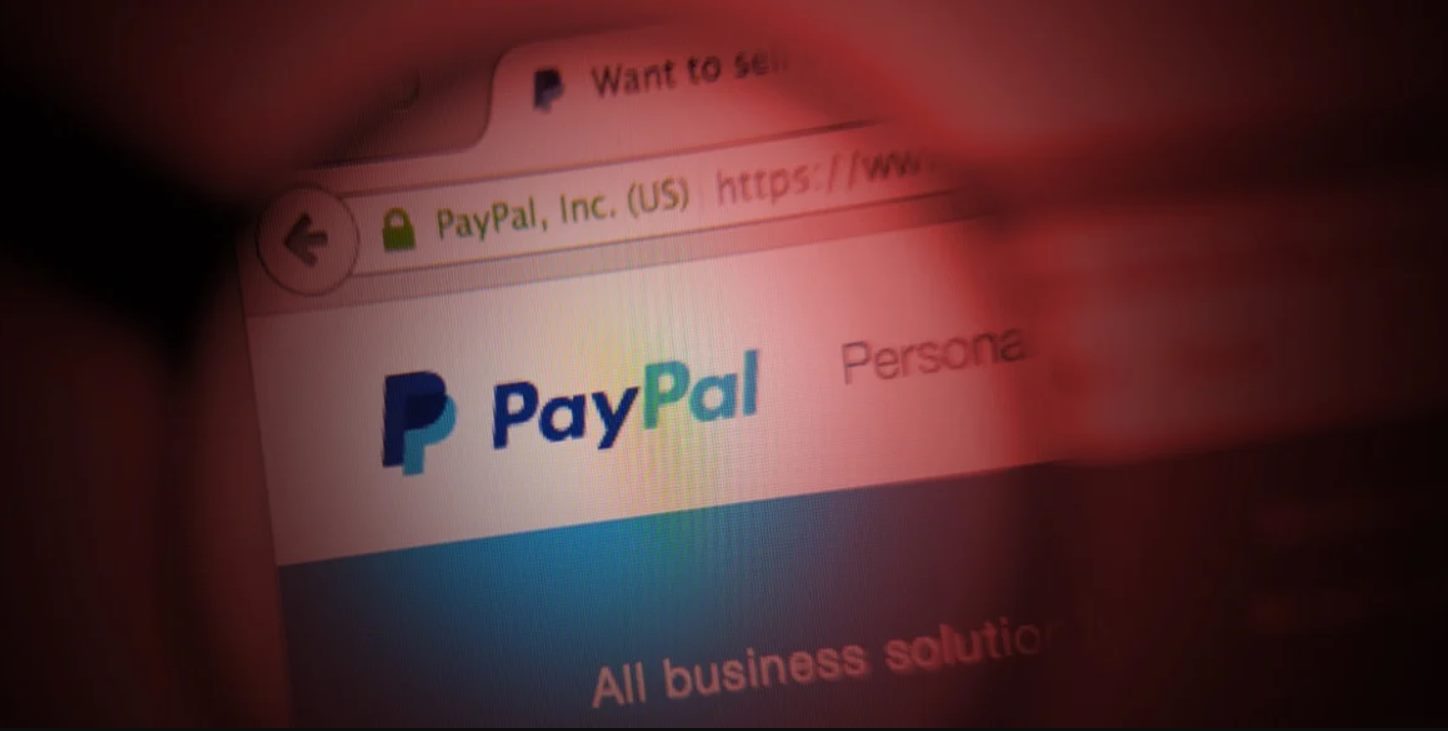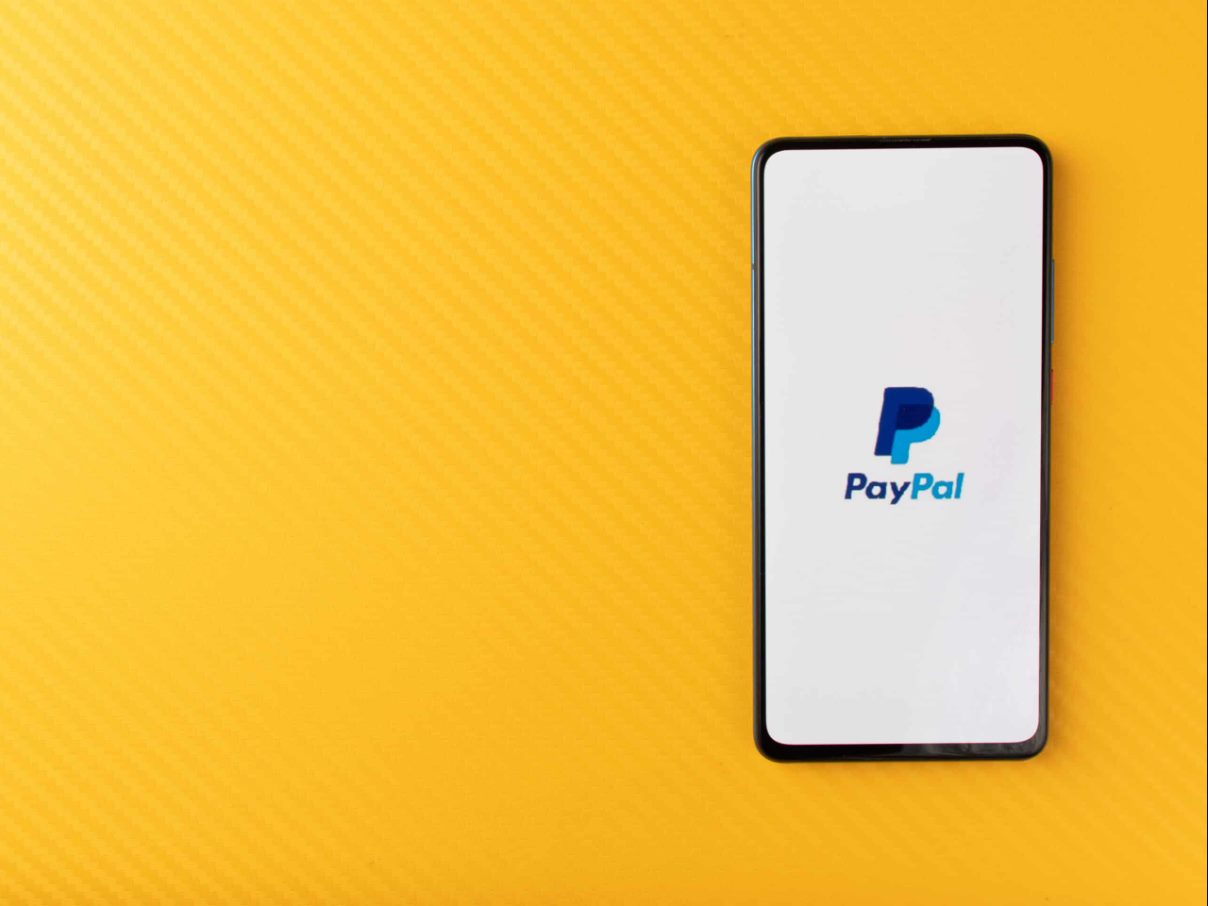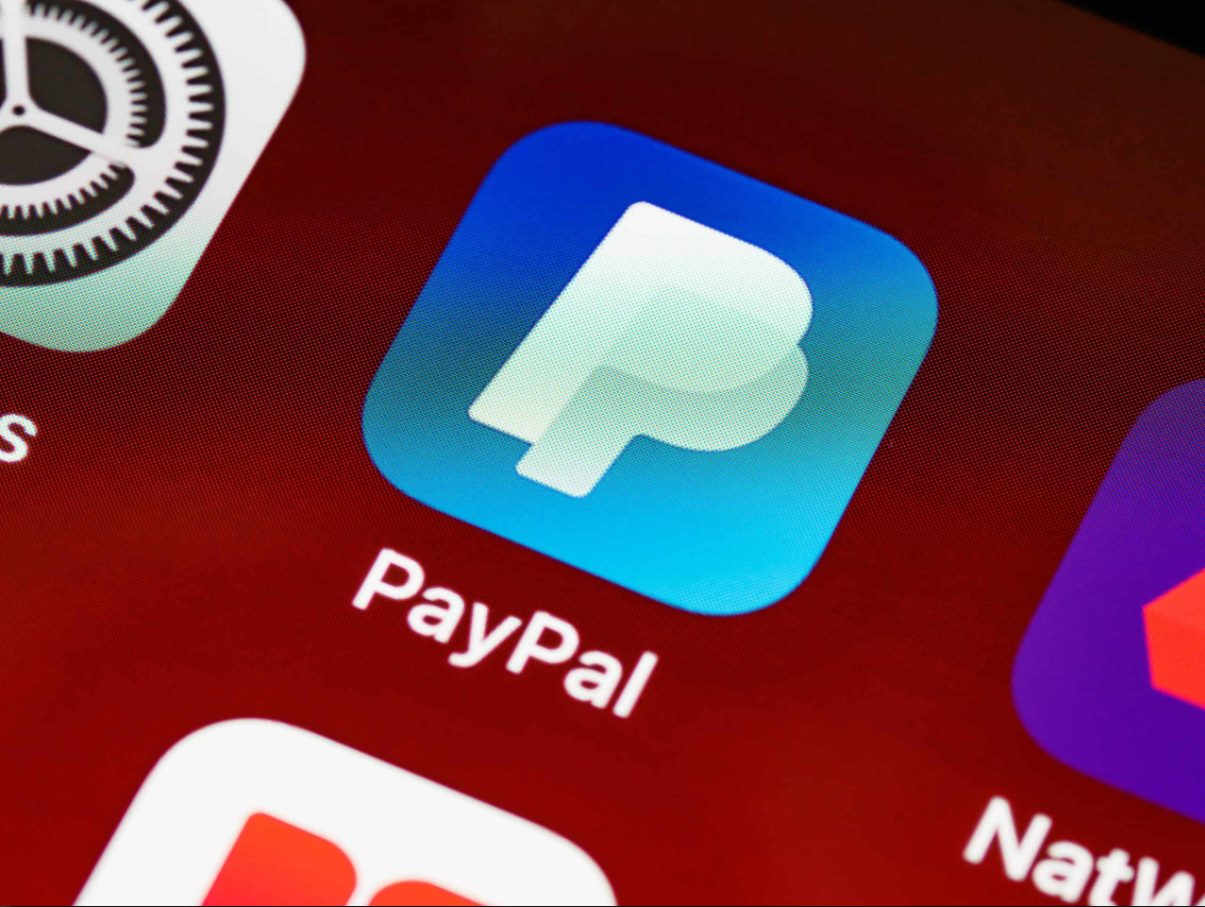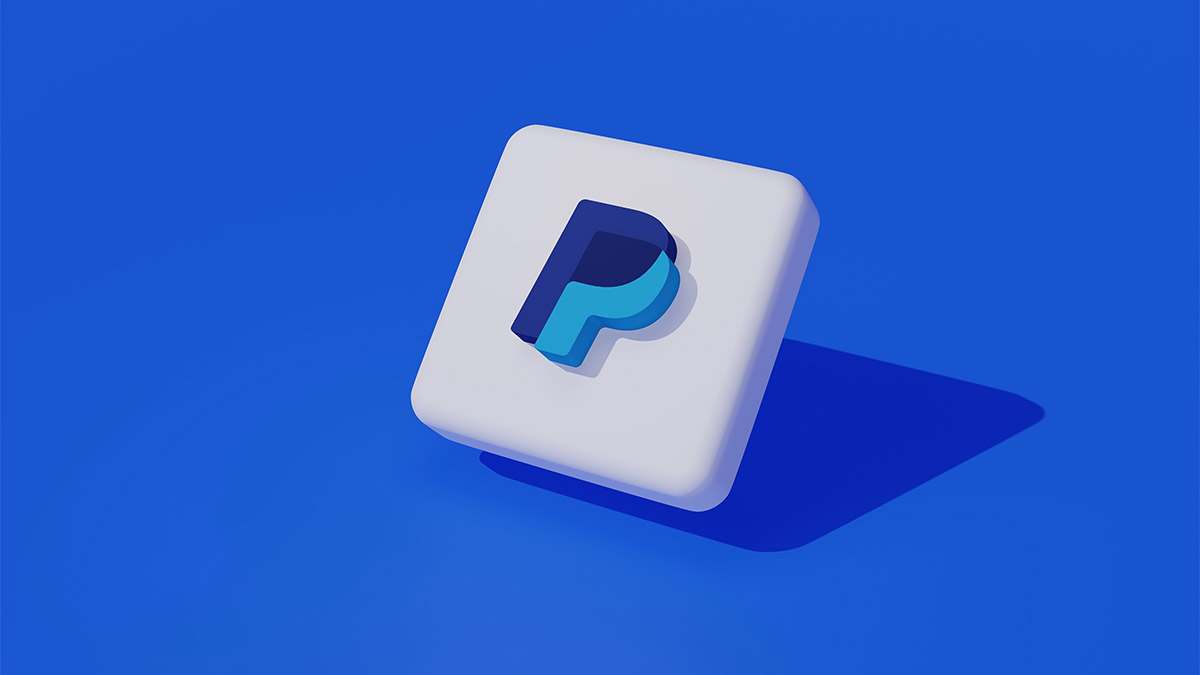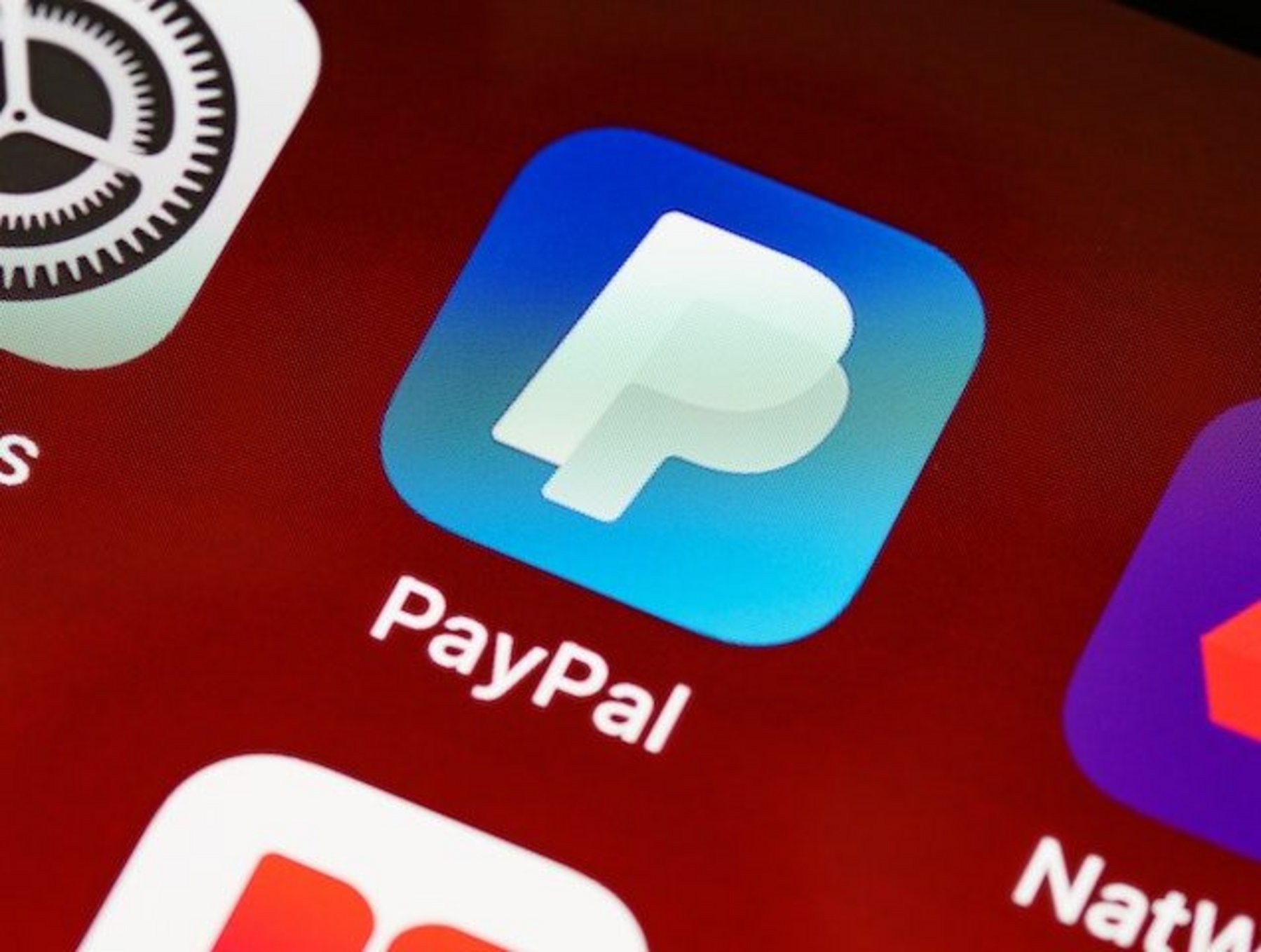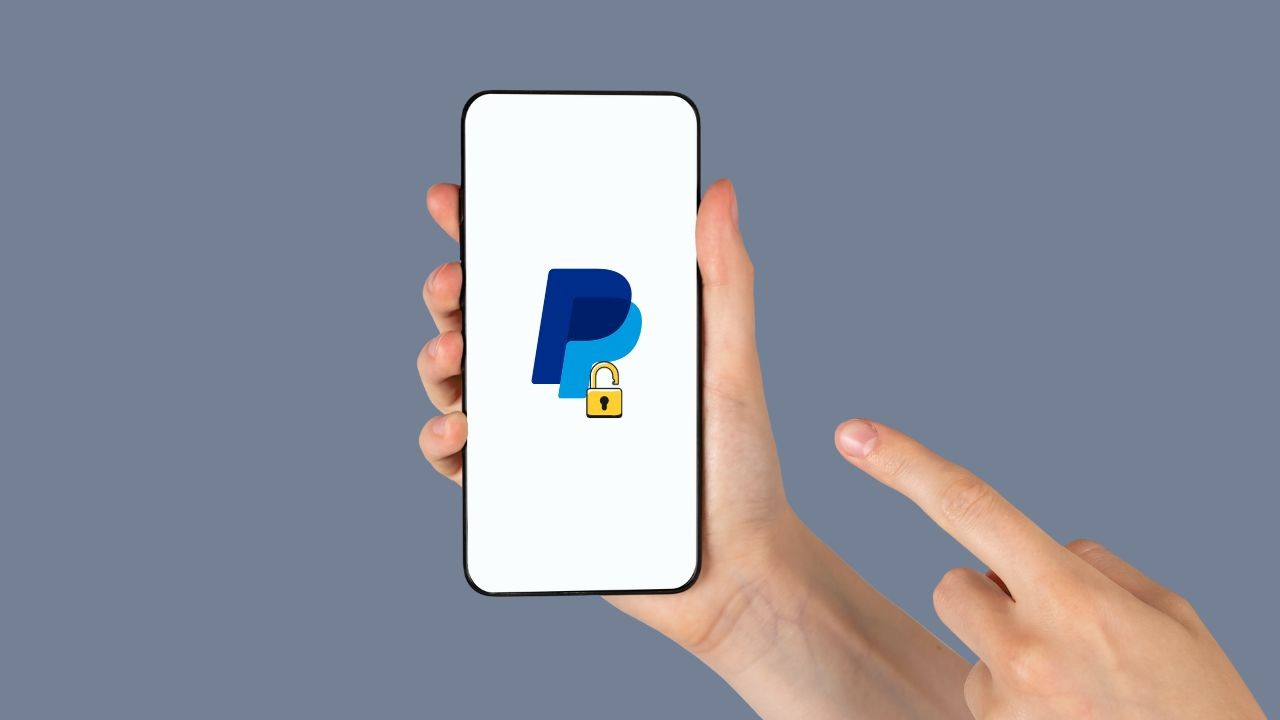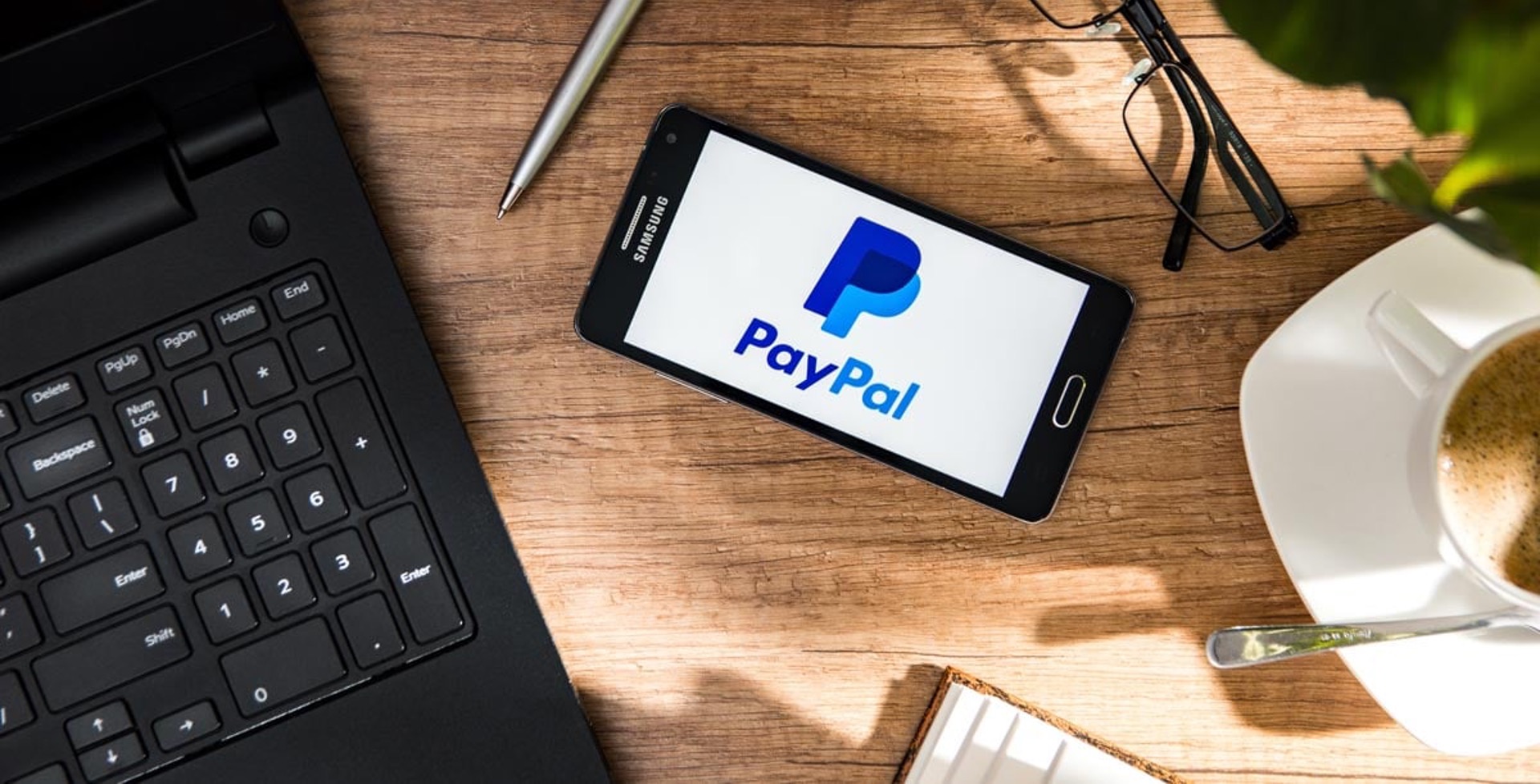Introduction
Welcome to this step-by-step guide on how to change your password on PayPal. As an online payment platform, PayPal ensures the security of your personal and financial information. Regularly updating your password is a crucial aspect of maintaining the security of your PayPal account. It is recommended to change your password periodically to minimize the risk of unauthorized access and protect your funds.
In this article, we will walk you through the process of changing your password on PayPal. Whether you want to update your existing password for security reasons or simply want to create a stronger password, you’ve come to the right place. With our easy-to-follow instructions, you’ll have your password changed in no time.
Before we proceed, it’s essential to note that changing your PayPal password requires you to have access to your account. Make sure you know your current password and have logged into your PayPal account on a trusted device. If you’re ready, let’s dive into the step-by-step process of changing your password on PayPal.
Step 1: Logging into your PayPal Account
The first step towards changing your PayPal password is logging into your account. Follow these simple instructions to access your PayPal account:
- Open your preferred web browser and go to the PayPal homepage (www.paypal.com).
- Click on the “Log In” button located at the top right corner of the page.
- Enter your email address associated with your PayPal account in the provided field.
- Next, type in your password in the designated field. Make sure you enter it correctly to avoid any login errors.
- Once you have entered your email and password, click on the “Log In” button to proceed.
If the login information you provided is accurate, you will be successfully logged into your PayPal account. Now that you’re logged in, you can proceed to the next step of changing your password on PayPal.
Step 2: Navigating to the “Settings” menu
After successfully logging into your PayPal account, you need to navigate to the “Settings” menu to access the options for changing your password. Follow these simple instructions:
- On the main page of your PayPal account, locate and click on the gear icon or the “Settings” link. It is usually located in the top right corner of the page.
- A drop-down menu will appear. From the menu options, click on “Account Settings” or “Profile and Settings” to proceed.
- You will be redirected to the Account Settings page, where you can manage various aspects of your PayPal account.
- Scroll down the page until you find the “Security” section. This is where you can access the options related to your account’s security settings.
By following these steps, you will have successfully navigated to the “Settings” menu where you can find the security options, including the ability to change your password. We are now ready to move on to the next step in the process.
Step 3: Accessing the “Security” tab
Once you have reached the Account Settings page, it’s time to access the “Security” tab. This tab contains the necessary options for changing your PayPal password. Follow these steps to access the “Security” tab:
- On the Account Settings page, locate the “Security” section. It is usually located towards the bottom of the page.
- Under the “Security” section, you will find a list of options related to your account’s security settings.
- Look for the “Security” tab and click on it. This will take you to the dedicated security settings page.
By following these simple steps, you will successfully access the “Security” tab in your PayPal account. This is an important step as it allows you to proceed with changing your password securely. Once you are on the “Security” page, you can proceed to the next step of the password change process.
Step 4: Clicking on “Change” next to the password section
Now that you have accessed the “Security” tab, it’s time to locate the password section and initiate the password change process. Follow these steps to proceed:
- On the “Security” page, look for the section labeled “Password.” It is usually located towards the top of the page.
- In the password section, you will see an option labeled “Change.” This option is usually located next to your current password details.
- Click on the “Change” option to initiate the password change process.
By following these steps, you will successfully navigate to the password change section in your PayPal account. Clicking on “Change” signifies your intent to modify your current password for enhanced security. Now, let’s move on to the next step, where you will be prompted to enter your current password.
Step 5: Entering your current password
After clicking on “Change” in the password section, you will be prompted to enter your current password. This is an important security measure to ensure that only authorized users can change the password. Follow these steps to enter your current password:
- In the password change section, you will see a field labeled “Current Password” or similar.
- Click on the field to activate it, and then type in your current PayPal account password.
- Make sure to enter your current password accurately and double-check for any typos or mistakes.
Entering your current password is a crucial step in the password change process. It confirms your identity as the account holder and enables you to proceed with setting a new password. Once you have entered your current password correctly, we can move on to the next step of creating a new password for your PayPal account.
Step 6: Creating a new password
Now that you have entered your current password, it’s time to create a new password for your PayPal account. Follow these steps to create a strong and secure password:
- In the password change section, you will see a field labeled “New Password” or similar.
- Click on the field to activate it and begin typing your new password.
- PayPal has specific requirements for passwords to ensure they are strong and secure. Your new password should be at least 10 characters long and include a combination of uppercase and lowercase letters, numbers, and special characters.
- Make sure to create a unique password that is not easily guessable or related to your personal information.
- You can use a password manager or follow best practices for creating strong passwords.
- As you type your new password, you will usually see a strength meter or indicator that shows the strength of your password. Aim for a strong or excellent rating to ensure the security of your PayPal account.
Creating a new password that meets the specified requirements is important for maintaining the security of your PayPal account. Take your time to come up with a strong and unique password that will help protect your personal and financial information. Once you have created a new password, we can proceed to the next step of confirming your new password.
Step 7: Confirming your new password
After creating a new password for your PayPal account, it’s important to double-check and confirm the accuracy of your new password. Follow these steps to confirm your new password:
- In the password change section, you will see another field labeled “Confirm New Password” or similar.
- Click on the field to activate it and re-enter your newly created password.
- Make sure to type your new password accurately, exactly as you entered it in the previous step.
- Double-check for any typographical errors or inconsistencies between the new password and its confirmation.
Confirming your new password is a critical step to ensure that you will be able to log in successfully using your updated credentials. It is important to be meticulous in verifying the accuracy of your new password to avoid any login difficulties or errors in the future. Once you have confirmed your new password, we can proceed to the final step of completing the password change process on PayPal.
Step 8: Finishing the password change process
Now that you have entered and confirmed your new password, it’s time to complete the password change process on PayPal. Follow these final steps to ensure your new password is saved and applied to your account:
- On the password change section, look for a button or link that says “Save” or “Update Password.”
- Click on this button to save your new password and apply it to your PayPal account.
- Once your new password is saved, you will usually receive a confirmation message or notification that your password has been updated successfully.
- It is recommended to log out of your PayPal account and then log back in using your new password to ensure it is working as intended.
By following these steps, you have completed the password change process on PayPal. Congratulations! Your account is now secured with a new and strong password. It’s important to remember to keep your new password confidential and avoid sharing it with anyone. Additionally, consider regularly updating your PayPal password to ensure the continued security of your account.
Conclusion
Changing your password on PayPal is a crucial step in ensuring the security of your account. By following the step-by-step guide outlined in this article, you can easily update your password and enhance the protection of your personal and financial information.
We started by logging into your PayPal account and navigating to the “Settings” menu. From there, we accessed the “Security” tab and clicked on “Change” in the password section. After entering your current password, you were able to create a new password that meets PayPal’s security requirements. Confirming the accuracy of your new password was the next step, followed by the final step of saving and applying your new password to complete the process.
Remember, creating a strong and unique password is essential to safeguarding your PayPal account. Regularly updating your password and following recommended security practices can help protect you from potential threats. It is also advisable to enable additional security measures such as two-factor authentication for added protection.
Now that you have successfully changed your password on PayPal, you can have peace of mind knowing that your account is more secure. Continue to stay vigilant by monitoring your account activity and reporting any suspicious or unauthorized transactions immediately.
We hope this guide has been helpful in assisting you with changing your password on PayPal. By taking proactive steps to protect your account, you can enjoy a safe and secure online payment experience.







